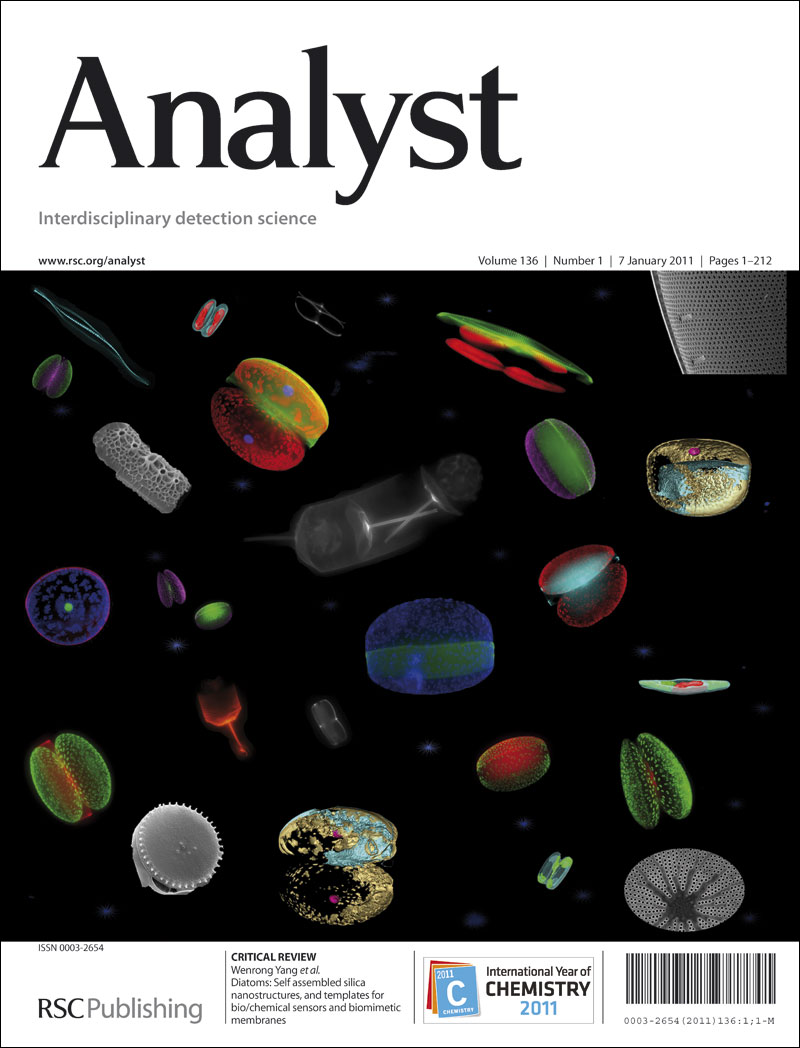pet基水稳定两相钙钛矿纳米探针定量测定食品中辣椒素
IF 3.3
3区 化学
Q2 CHEMISTRY, ANALYTICAL
引用次数: 0
摘要
我们介绍了一种创新的基于钙钛矿的双相传感平台,该平台利用光诱导电子转移机制对辣椒素进行超灵敏检测,检测限低至0.21 nM。重要的是,该探针在实际样品中监测辣椒素的成功使用表明其在食品部门的潜在利用前景。本文章由计算机程序翻译,如有差异,请以英文原文为准。

PET-based aqueous-stable two-phase perovskite nanoprobe for quantification of capsaicin in food samples†
We introduce an innovative two-phase-perovskite-based sensing platform for the ultrasensitive detection of capsaicin via a photo-induced electron transfer mechanism, with a limit of detection as low as 0.21 nM. Importantly, the successful use of this probe for monitoring capsaicin in real samples suggests its potential for use in the food sector.
求助全文
通过发布文献求助,成功后即可免费获取论文全文。
去求助
来源期刊

Analyst
化学-分析化学
CiteScore
7.80
自引率
4.80%
发文量
636
审稿时长
1.9 months
期刊介绍:
"Analyst" journal is the home of premier fundamental discoveries, inventions and applications in the analytical and bioanalytical sciences.
 求助内容:
求助内容: 应助结果提醒方式:
应助结果提醒方式:


